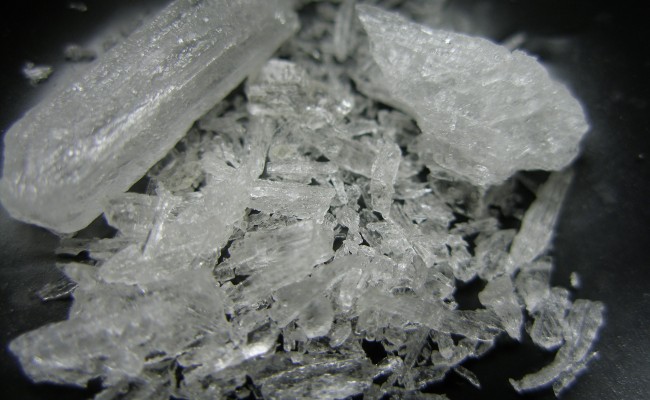Given recent media coverage, it’s a cruel irony that we are yet to have a mature discussion on illicit drug use in Australia. Consequently, another year rolls past, and more opportunities to get on with the business of reducing harm for those who need assistance when things don’t go to plan, or when use becomes dependence, have been lost.
The discussion on the ABC program Australians on Drugs did attempt to get such a conversation off the ground. But as the hour drilled by, the discourse fell into old traps. Broadly speaking, the program failed to acknowledge that those people who take illicit drugs are merely a snapshot of the general population at any one time, and that many of them make a fully conscious, calculated risk when they do so.
Our lack of debate on drugs is both concerning and a great mystery. After working in the harm-reduction field for over a decade, it seems counterproductive to pigeonhole or view this group through a two-dimensional lens. So often, when drugs are discussed in the public sphere, people who use them are divided off from those who don’t. Following on from this, they are seen as either having ‘given up’ and ‘gotten clean’, or kidding themselves about how much control they have.
Conversely, like members of any group, it would be silly to hold people who use drugs up as ‘all-knowing’ about what they’re doing. Indeed, this is the crux of the matter: these people are neither good nor bad, hopeless nor successful, but a myriad of all the possibilities in between. What’s missing, then, is our ability as a society to acknowledge that and move on, so that we can focus on the issue of keeping people as safe as possible.
What we know from the household survey in 2013 is that about 8 million people aged 14 and over in Australia (42 per cent) have used an illicit substance, and 2.9 million (15 per cent) have done so in the 12 months prior to that survey; a number which has increased from 2.7 million (14 per cent) in 2010. We also know that over the past decade, the proportion of Australians who used an illicit drug within a 12-month period has remained stable at around one in seven.
From all this, two things are clear. First, illicit drug use is not going to disappear in the near future. Second, given that 42 per cent of the population has partaken, harms and/or problematic use have remained in check to a greater, rather than lesser, extent.
As it turns out, taking control of our drug use is fundamental. And, yes, not all of us manage to do it. This means that facing the truth about drugs involves accepting that a certain amount of people will use and misuse drugs at some point in their lives and, in a small amount of cases, for their whole life.
If we admit this, other things will become clear, such as the important proposition of instating easy and relatively cheap means of keeping these people alive.
If we don’t, we’ll see out another Overdose Awareness Day (31 August) not only failing to do what we can, but continuing a view of drugs that is not in proportion, or that overlooks the relative safety of taking them in an informed way.
I would go so far as to say that the current rhetoric is completely topsy-turvy. For example, we’re told that the ‘ice epidemic’ is ruining the fabric of communities. But surely, the thousands of Australians who have accidentally died from opiates and medications and alcohol, and the hundreds that continue to die in Australia every year from drug use other than ‘ice’, equates to some sort of crisis as well.
Already, there has been a suggestion of a consumption room for ‘ice’ use in Sydney. While the likelihood of one being opened is low, that we have not yet provided consumption facilities for opiate users in states and territories (other than NSW) – a relatively low cost measure – rings starkly for those who know that this measure would save countless lives.
For parents and friends who have lost loved ones to overdose the insult is even greater. The failure to introduce injecting facilities is not only negligent; it is another sign that successive governments continue to put their heads in the sand about what would work for a small but ‘in need of support’ section of the drug-taking population.
Along with various calls for action, there has been the sudden provision of money for treatment services to address problematic ‘ice’ use – but what solace is this to the hundreds of people using drugs considered easier to provide treatment for, such as opiates, who are turned away from drug treatment programs?
I do not want to suggest that people using methamphetamines do not deserve options for treatment, or that they do not suffer from overdose. They do, and Overdose Awareness Day has always publicised the effects on the body when someone takes too much ‘ice’.
But if we continue to talk about ‘epidemics’ and ‘great harms’ while failing to recognise that most drug use does not under either description, or if we go on pitting one type of drug use against another, we will fail to provide the messages that will keep people safe. More importantly, if we continue to think of people who take drugs as having no agency or intelligence about what they’re doing, we will continue to miss valuable opportunities to make good use of the money we do spend.



